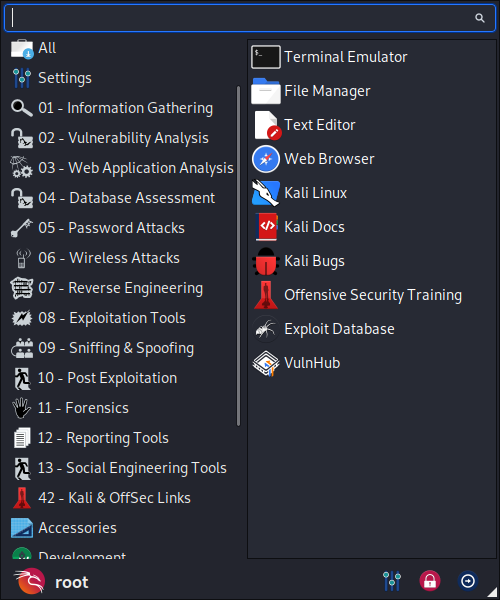


- #Terminal emulator attack command on mac address how to#
- #Terminal emulator attack command on mac address software#
Note that backgrounded processes are still children processes of your terminal and will die if you close the terminal (this will send yet another signal, SIGHUP). To background an already running program you can do Ctrl-Z followed by bg. One more thing to know is that the & suffix in a command will run the command in the background, giving you the prompt back, although it will still use the shell’s STDOUT which can be annoying (use shell redirections in that case). To refer to the last backgrounded job you can use the $! special parameter. More intuitively, you can also refer to a process using the percent symbol followed by its job number (displayed by jobs). You can refer to those jobs using their pid (you can use pgrep to find that out).

The jobs command lists the unfinished jobs associated with the current terminal session. We can then continue the paused job in the foreground or in the background using fg or bg, respectively. In the terminal, typing Ctrl-Z will prompt the shell to send a SIGTSTP signal, short for Terminal Stop (i.e. Signals can do other things beyond killing a process.

To send this signal we can use the kill command, with the syntax kill -TERM. While SIGINT and SIGQUIT are both usually associated with terminal related requests, a more generic signal for asking a process to exit gracefully is the SIGTERM signal. To kill this program we can now use the SIGQUIT signal instead, by typing Ctrl-\. Here’s a minimal example of a Python program that captures SIGINT and ignores it, no longer stopping. In our case, when typing Ctrl-C this prompts the shell to deliver a SIGINT signal to the process.
#Terminal emulator attack command on mac address software#
For this reason, signals are software interrupts. When a process receives a signal it stops its execution, deals with the signal and potentially changes the flow of execution based on the information that the signal delivered. Your shell is using a UNIX communication mechanism called a signal to communicate information to the process. Most of the time, you can do Ctrl-C and the command will stop.īut how does this actually work and why does it sometimes fail to stop the process? Killing a process In some cases you will need to interrupt a job while it is executing, for instance if a command is taking too long to complete (such as a find with a very large directory structure to search through).
#Terminal emulator attack command on mac address how to#
We will look at how to work with remote machines using SSH. by using the same configurations in all your machines without having to type long commands. Both of these can help you save time, e.g. We will also learn about different ways to improve your shell and other tools, by defining aliases and configuring them using dotfiles. We will now see how to run several processes at the same time while keeping track of them, how to stop or pause a specific process and how to make a process run in the background. We have been working with the shell for a while now, but we have mainly focused on executing different commands. In this lecture we will go through several ways in which you can improve your workflow when using the shell.


 0 kommentar(er)
0 kommentar(er)
